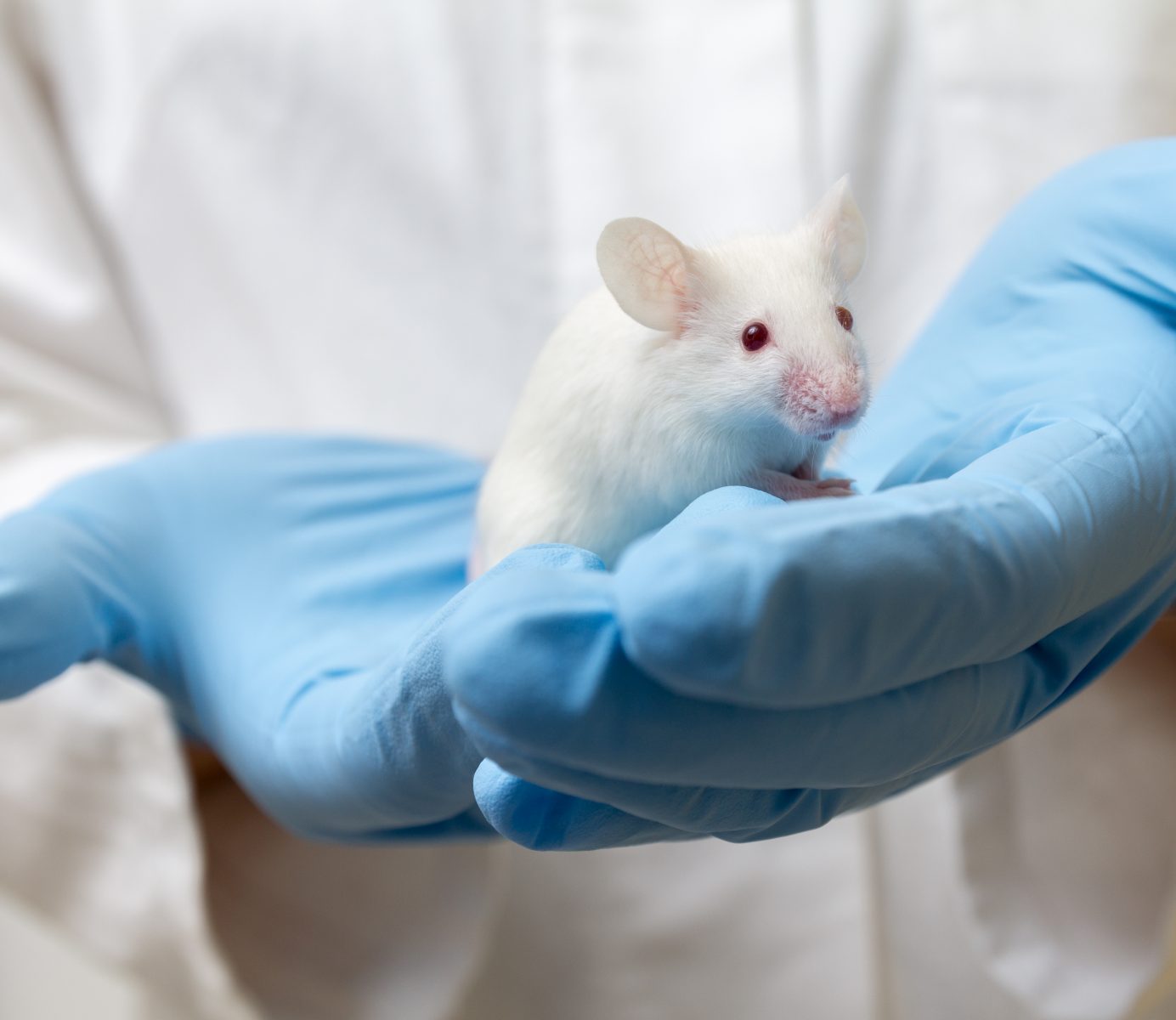Stretching Improves Mobility in Mouse Model of Systemic Sclerosis, Study Shows

Stretching increased skin movement, reduced skin thickness and improved mobility in a mouse model of systemic sclerosis (SSc), researchers reported.
The study suggests that stretching is an under-used non-pharmacological way to treat SSc and deserves further investigation.
The research, “Stretching reduces skin thickness and improves subcutaneous tissue mobility in a murine model of systemic sclerosis, was published in the journal Frontiers in Immunology,
Skin fibrosis, or scarring, is one of the hallmarks of SSc. When tissue below the skin becomes fibrotic, adhesions can form between the skin and underlying connective tissue. This impairs movement between the tissue layers, decreasing a person’s range of motion.
Physical therapy and stretching are thought to be important in the treatment of SSc. But evidence has been lacking about the best approach and the correct amount of this activity.
Researchers thought a mouse model of SSc would offer insight into this issue. They used a mouse sclerodermatous Graft-versus-Host Disease (sclGvHD) model, which was previously shown to mimic a subset of SSc patients with an inflammatory gene signature.
The team randomized sclGvHD mice and controls consisting of non-diseased mice to either stretch for 10 minutes a day or do no stretching.
They used high-frequency ultrasound to measure stretching’s effect on the thickness of the skin and the subcutaneous — or below-skin — tissue. They also measured motion between the skin and subcutaneous connective tissue layers.
Three weeks of stretching led to an 11 percent decrease in the thickness of the sclGvHD mice’s skin and subcutaneous tissue.
The mice also achieved a greater range of skin motion after three weeks of stretching. Researchers found 26% more tissue displacement in sclGvHD mice that had stretched than in the controls. In fact, the sclGvHD mice’s mobility was similar to that of the non-diseased control mice at the end of the third week.
In the fourth week, mobility was still greater in mice that had been stretching, but the difference was no longer statistically significant.
Because increased expression of specific genes is associated with inflammation in SSc, the investigators evaluated the expression of these genes in the animals’ skin. Stretching led to a significant reduction in the expression of two of the six genes analyzed — ADAM8 and CCL2 — in the sclGvHD mice, compared with no stretching.
The mechanisms that mediated the observed responses were unclear, researchers said. There were no significant differences in symptoms between the stretch and no stretch groups at the end of the study period, they added.
They noted, however, that “the observed effects of stretching occurred in the absence of any other treatment. The implication of these pre-clinical findings is that a systematic investigation of stretching as a therapeutic modality is warranted in patients with SSc.”
The next step in translating the results to humans, they said, is “the development and validation of a clinical protocol using dynamic ultrasound to first follow the course of the disease, and then quantify the effects of treatments, including stretching.”






